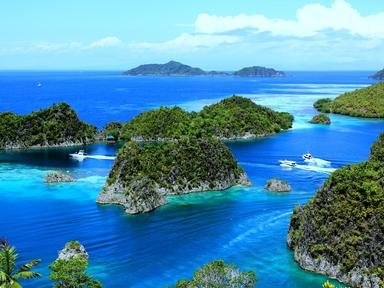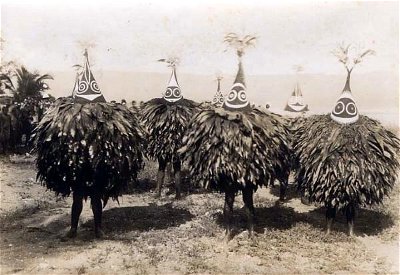6. Though generally considered as a tropical island, New Guinea has several mountain ranges as well. The highest mountain in New Guinea is Puncak Jaya, in the Indonesian half of the island. The approximate elevation of Puncak Jaya is:
From Quiz New Guinea History, Geography and Culture
Answer:
16,020 ft.
It is stunning that what most think of as a "tropical island" can contain a peak of over 16,000 feet, but such is the case. To put this in perspective, that is higher by far than any peak in the contiguous 48 states of the United States (topped by Mt. Whitney in California at 14,505 ft.). It is higher as well than any peak in the Alps or western Europe as a whole (topped by Mont Blanc at 15,782 ft.). It is by far the highest point on any island in the world, followed by Mauna Kea in Hawaii at about 13,800 ft. There are several additional peaks on the main island that tower over 14,000 feet.






 Top 10% Rated Quiz,
Top 10% Rated Quiz,
 A Well Rated Quiz
A Well Rated Quiz